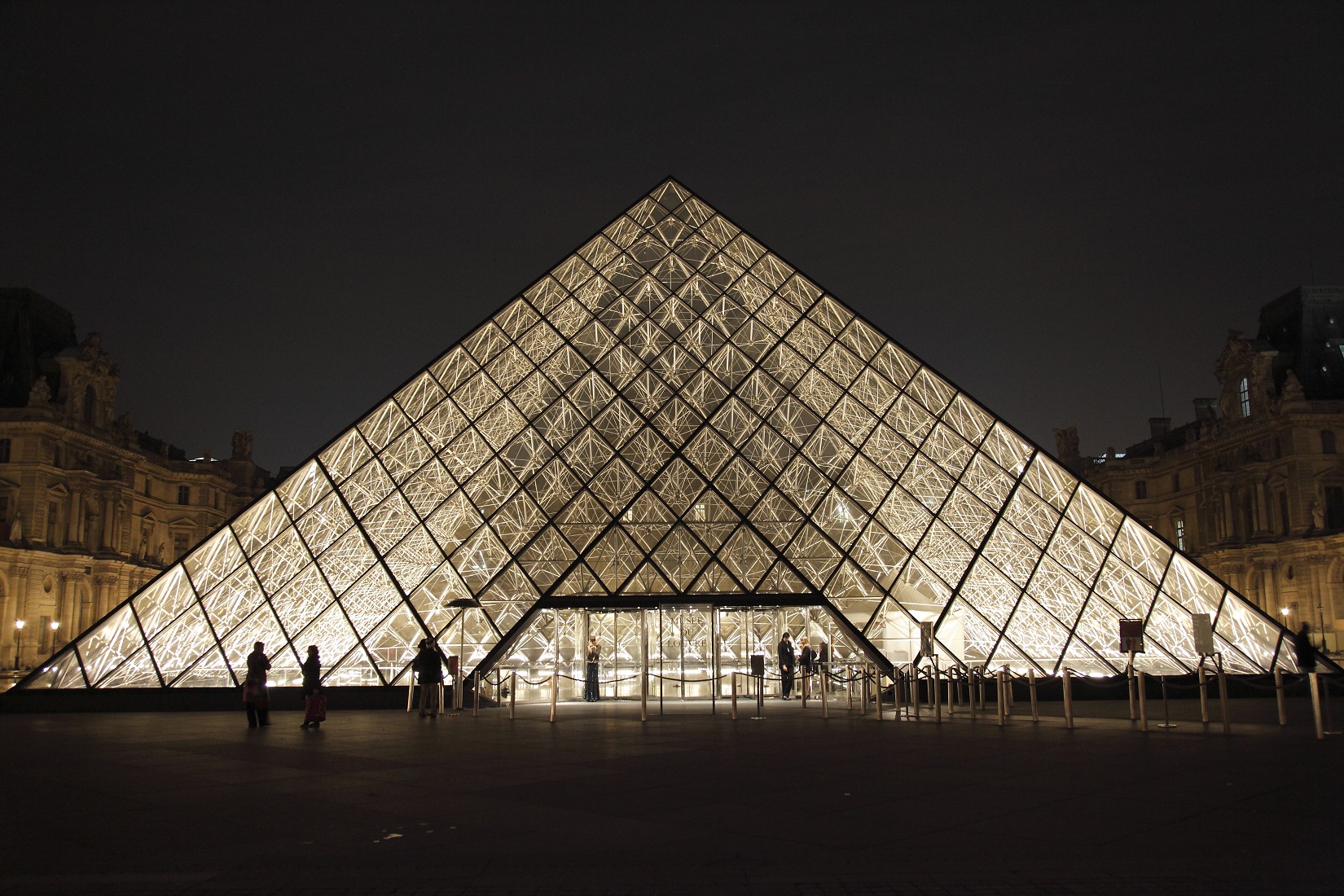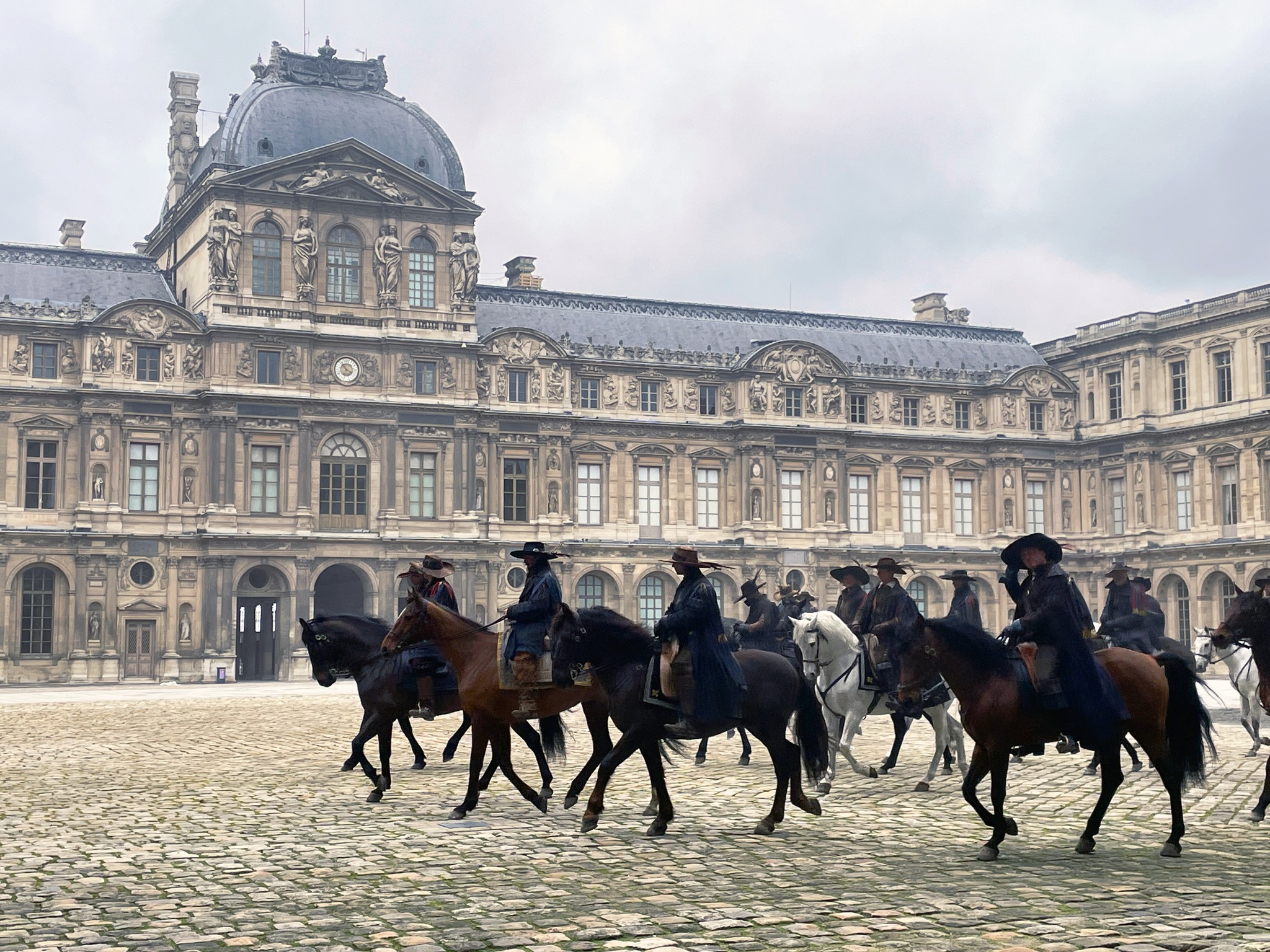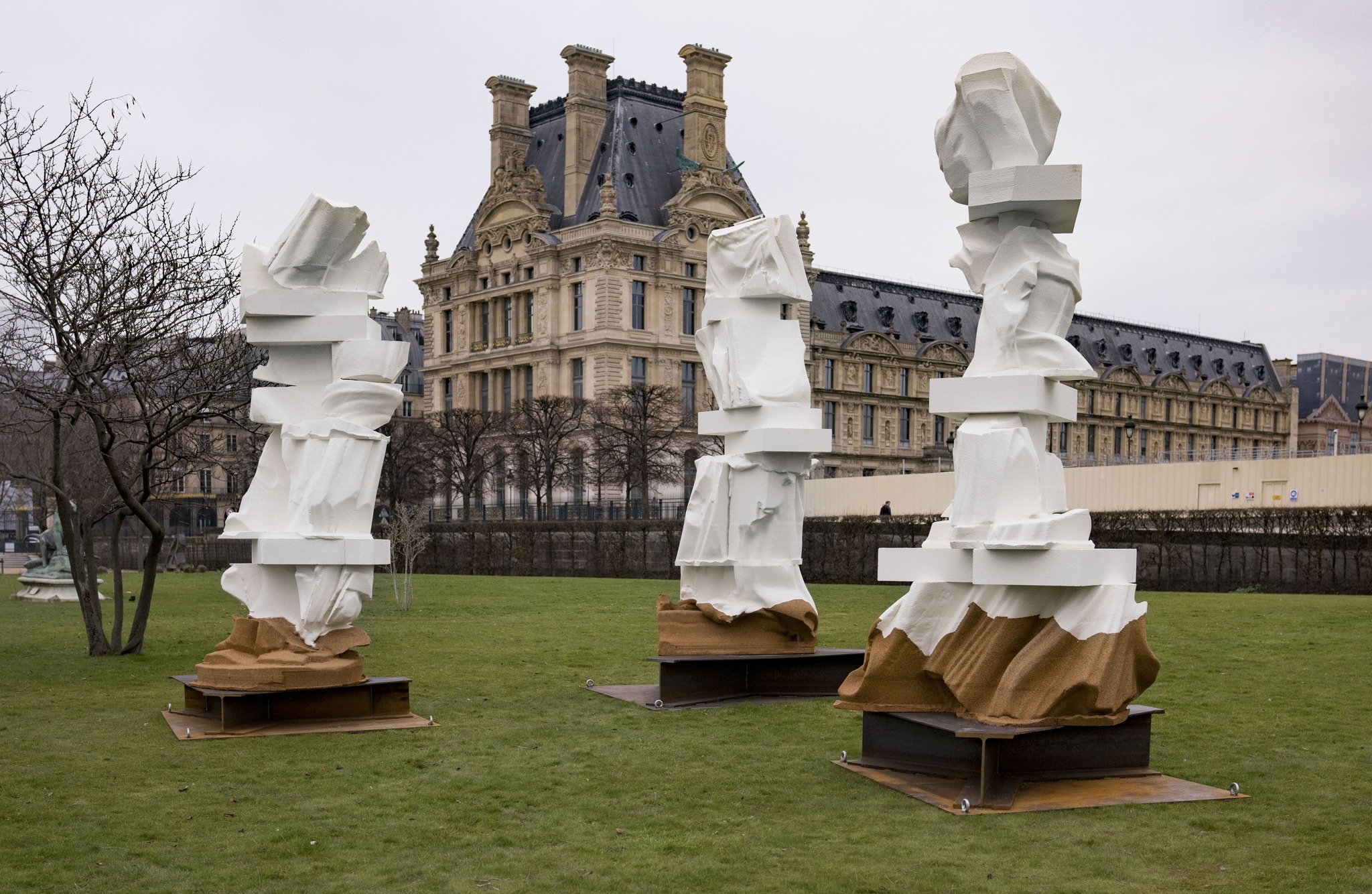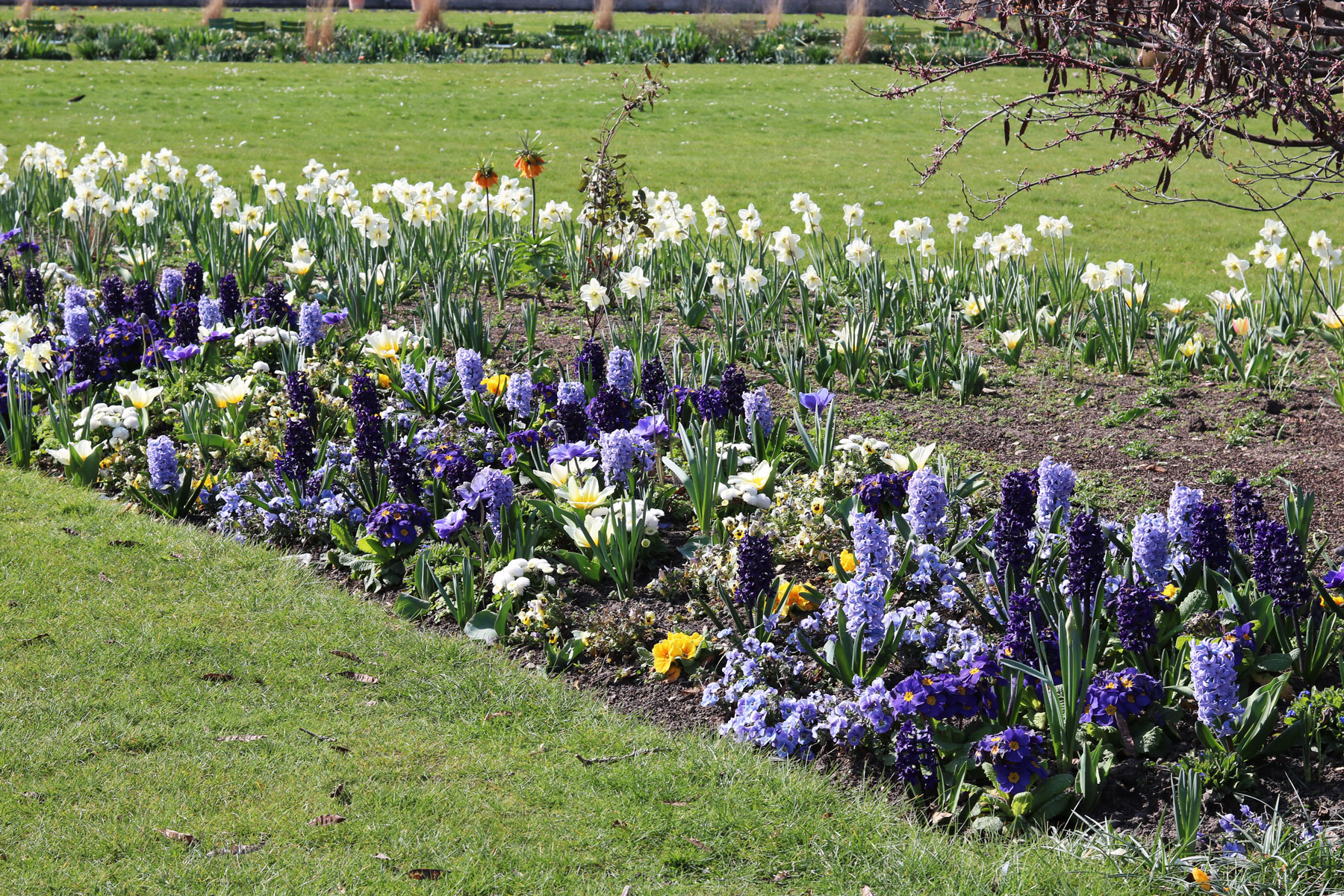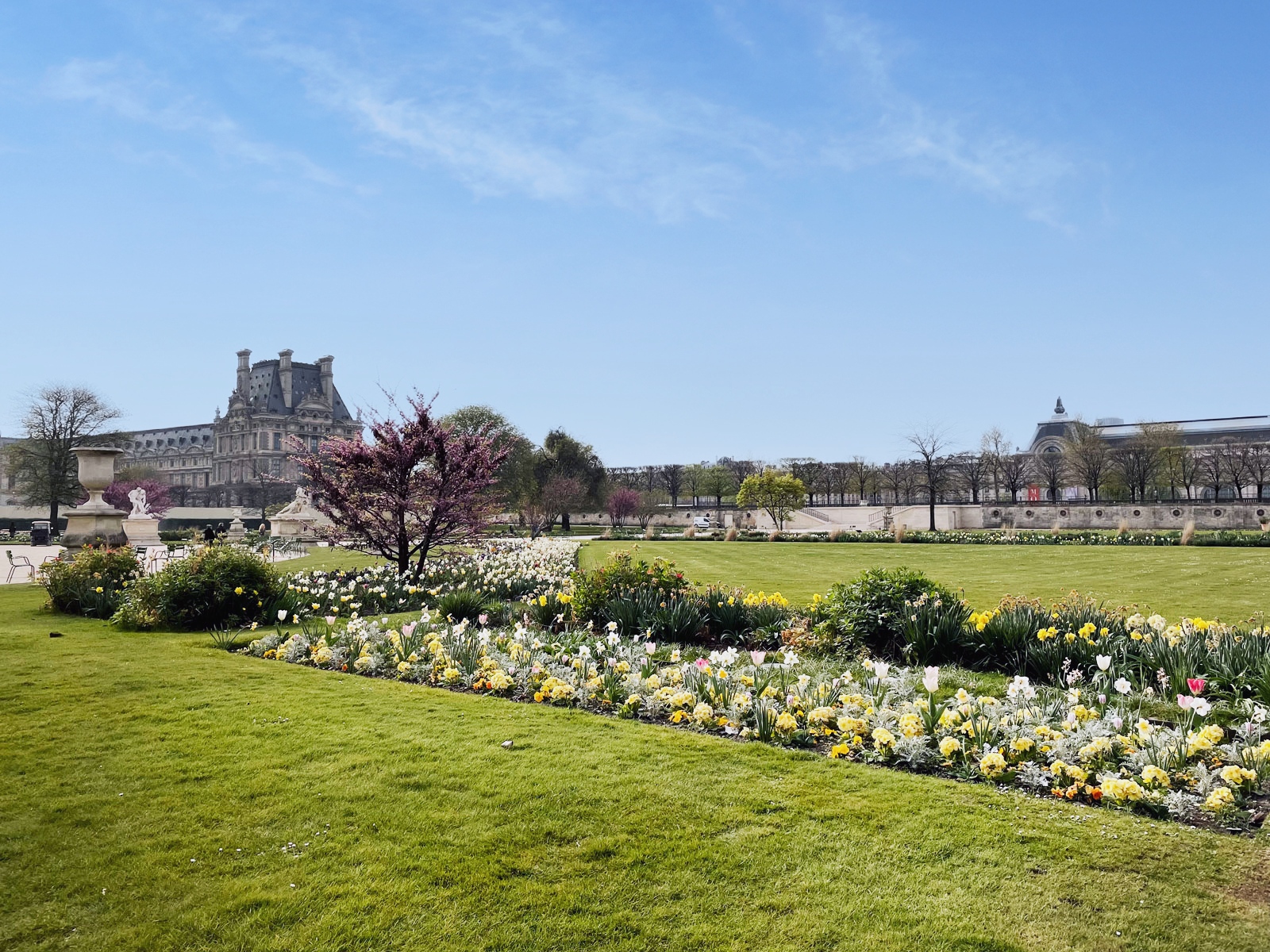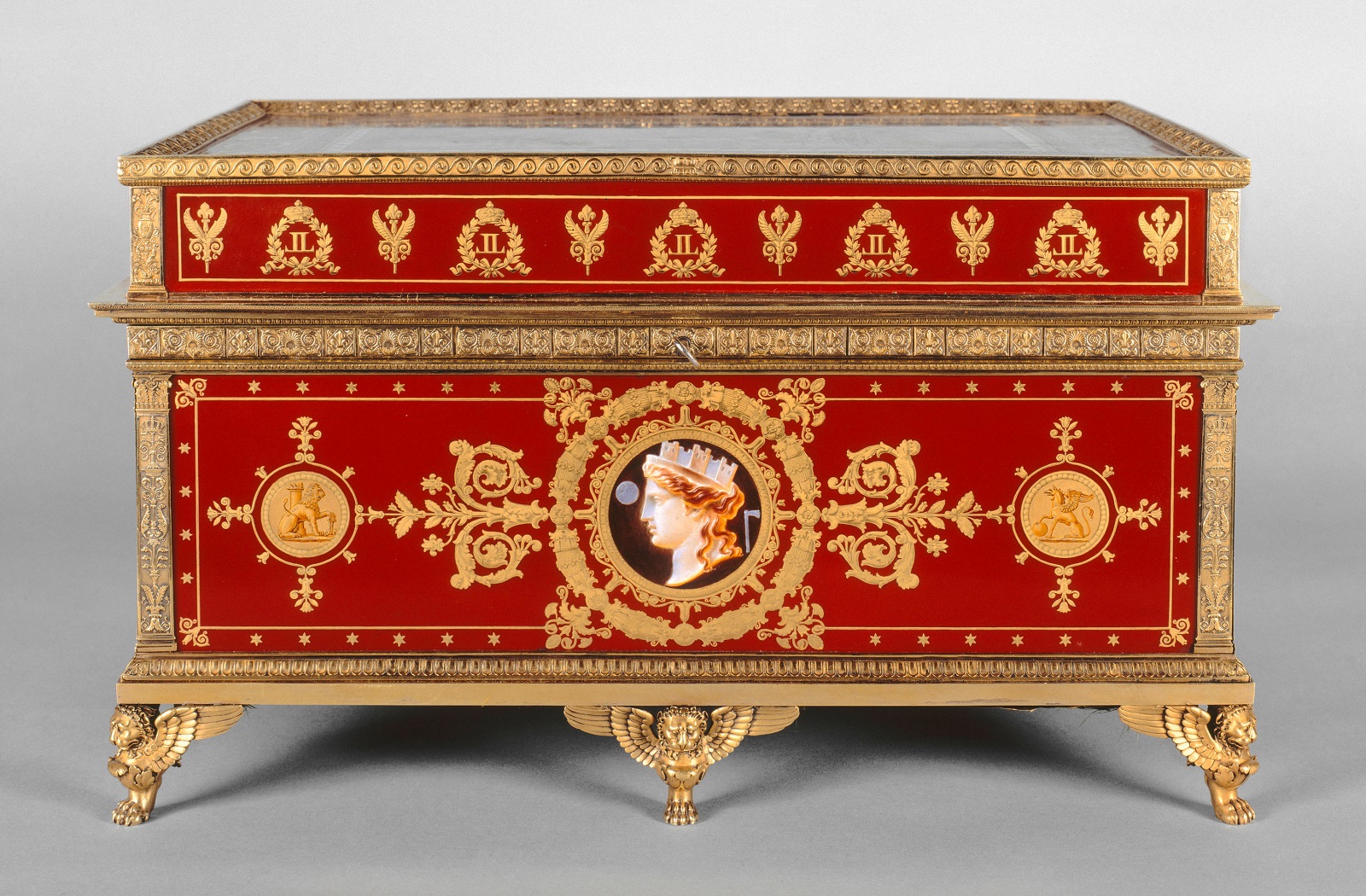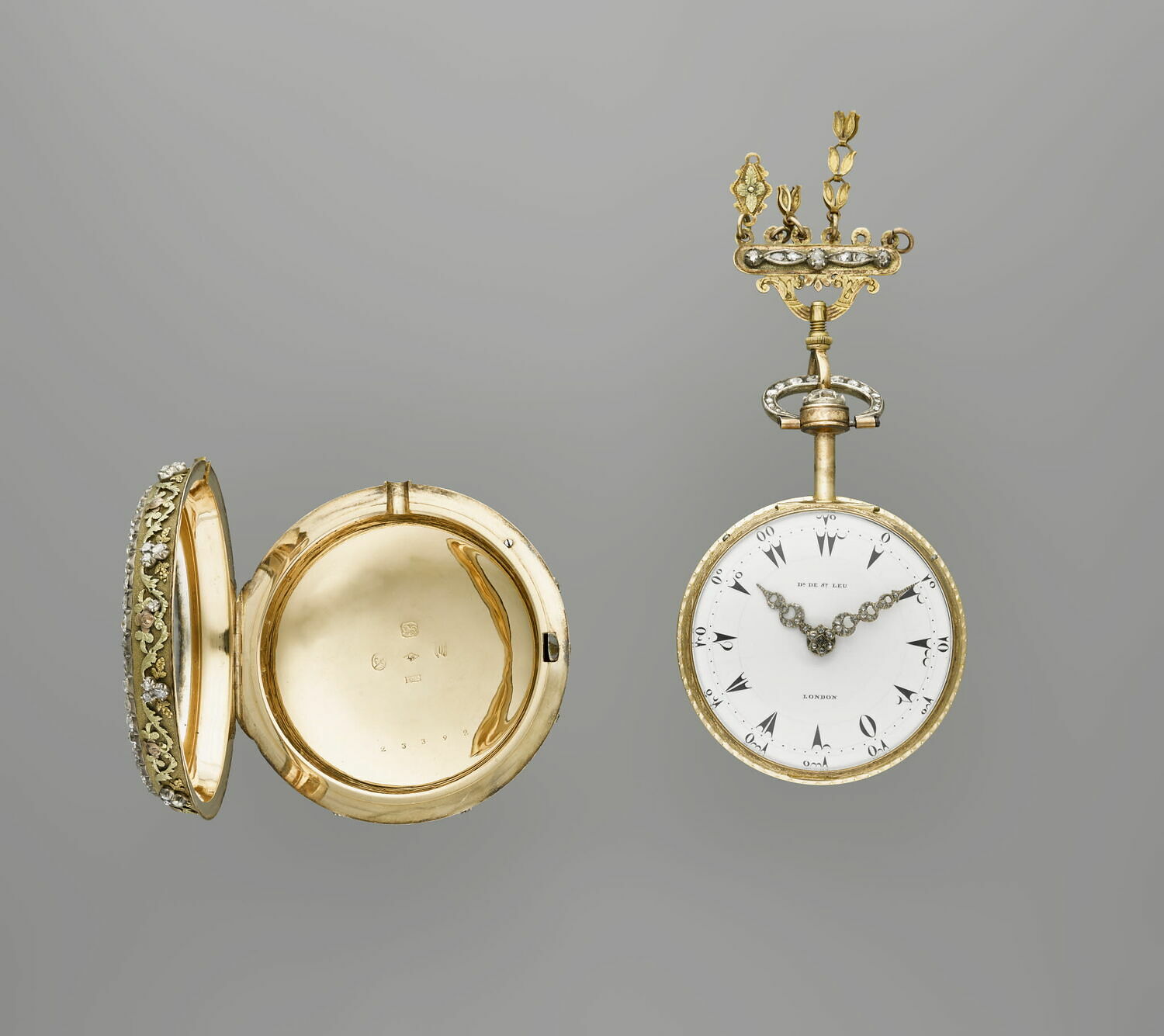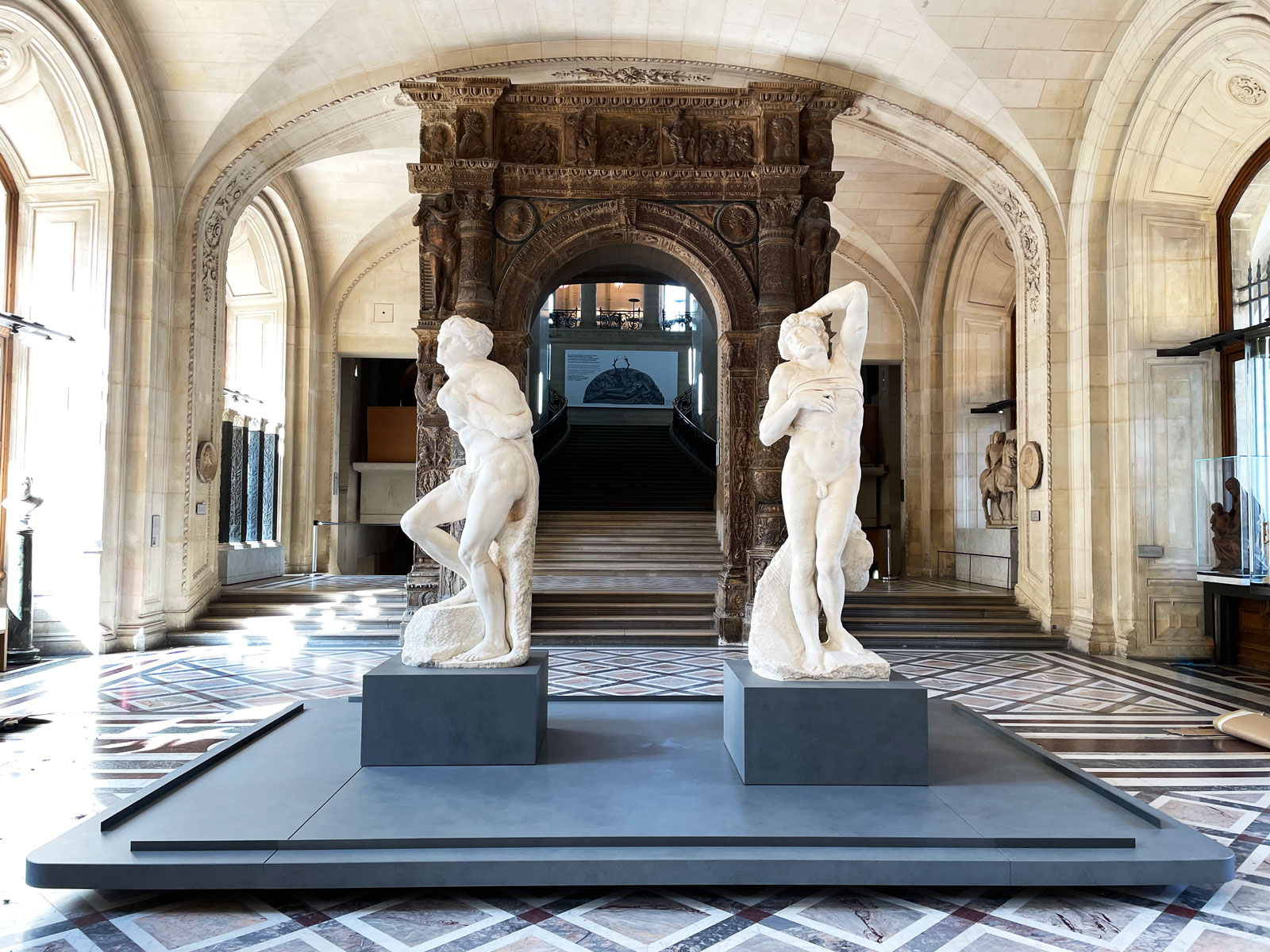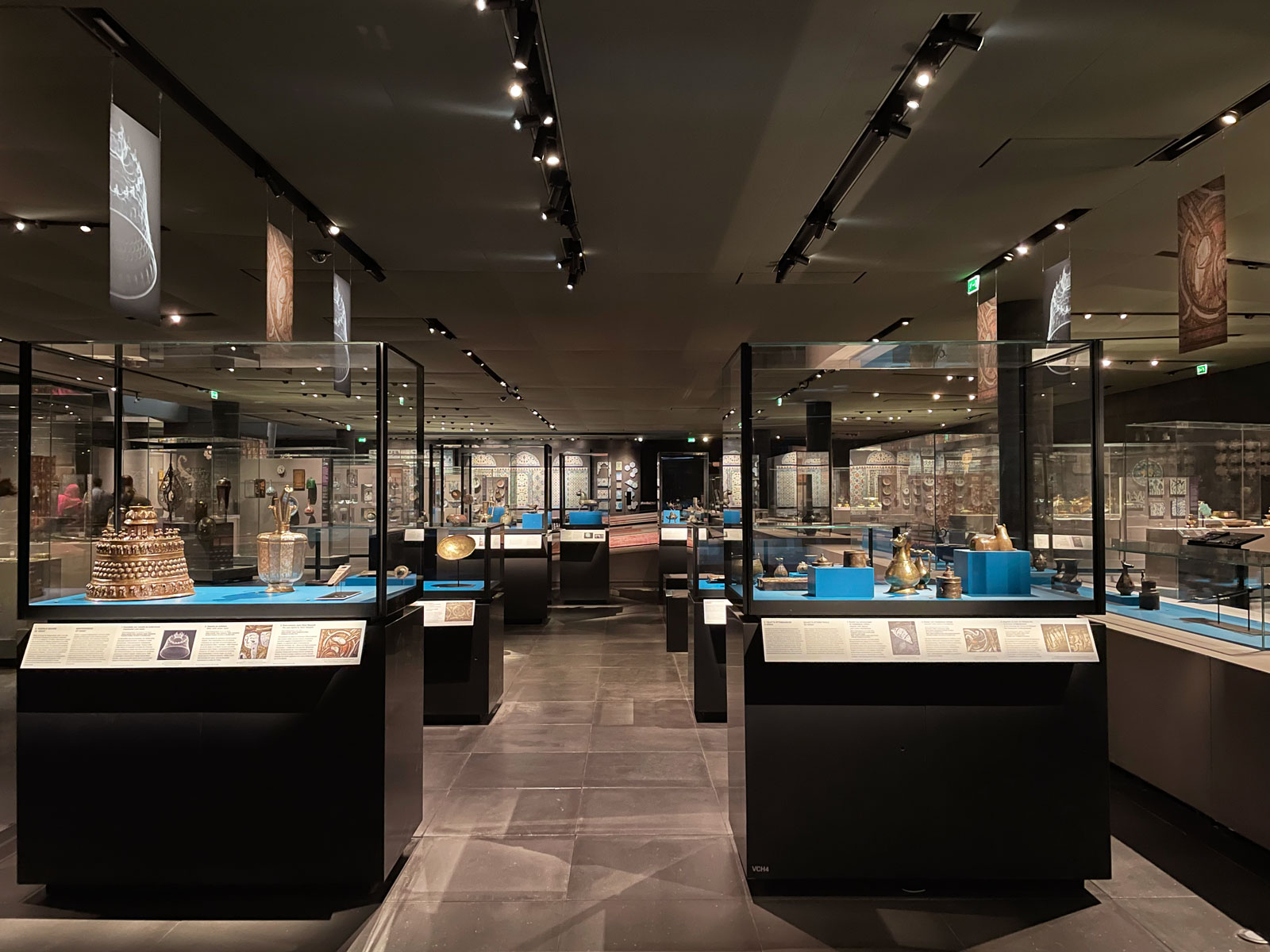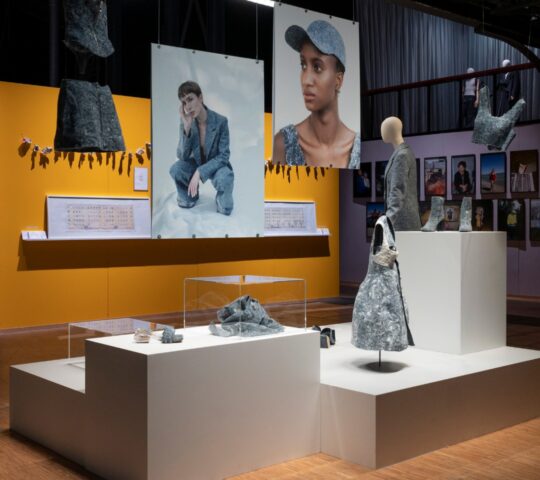The Jardin des Tuileries is one of the most famous and beloved public parks in Paris, renowned for its stunning beauty, rich history, and cultural significance. Located in the heart of the city, the park has served as a gathering place and cultural hub for Parisians and tourists alike for centuries. In this essay, we will explore the history, design, and significance of the Jardin des Tuileries.
History
The Jardin des Tuileries was created in the mid-16th century, during the reign of King Henry II. The park was built on the site of an old clay quarry, and was designed by the famous landscape architect André Le Nôtre, who was also responsible for the creation of the Palace of Versailles.
Over the years, the Jardin des Tuileries has played an important role in the history of Paris, serving as a gathering place for important cultural and political events. The park was the site of numerous public celebrations and festivals, as well as important political events, including the execution of Louis XVI during the French Revolution.
Design
The design of the Jardin des Tuileries is a testament to the creativity and ingenuity of André Le Nôtre. The park is characterized by its formal French garden design, with a network of pathways, fountains, and sculptures that are arranged in a symmetrical pattern.
The park’s most famous feature is the Grand Bassin, a large rectangular pool that dominates the center of the park. The pool is lined with ornate sculptures and fountains, and is a popular spot for visitors to relax and take in the park’s stunning beauty.
The park is also home to a number of smaller features, including a network of pathways and small gardens that are tucked away in quiet corners of the park. The park’s many sculptures and fountains are also a popular attraction, with works by famous artists such as Rodin and Maillol.
Significance
The Jardin des Tuileries is more than just a public park – it is a cultural icon that represents the elegance and sophistication of Parisian culture. The park has played an important role in the history of Paris, serving as a gathering place for important cultural and political events, and has become an enduring symbol of the city’s creativity and spirit.
The park has also been a source of inspiration for artists and writers over the years. Its unique design and stunning beauty have been the subject of countless paintings, photographs, and works of literature, and its enduring popularity as a tourist attraction is a testament to its enduring appeal.
Today, the Jardin des Tuileries is one of the most popular tourist attractions in Paris, drawing millions of visitors each year from all over the world. The park is a must-see destination for anyone interested in nature, history, or simply the beauty and tranquility of one of the world’s most unique public parks.
Conclusion
The Jardin des Tuileries is a true masterpiece of natural beauty and design, and an important symbol of the elegance and sophistication of Parisian culture. Its history, design, and significance make it a fascinating subject for study, and its enduring popularity as a tourist attraction is a testament to its enduring appeal. Whether you are interested in nature, history, or simply the beauty and tranquility of one of the world’s most unique public parks, the Jardin des Tuileries is a must-see destination that is sure to leave a lasting impression on anyone who visits.
Maps
Contact
Opening Hours
Video
FAQ's
Can I go to the museum for free? Should we book?
Free access to the Louvre Museum and the Eugène-Delacroix Museum is granted, on presentation of valid proof, for: Under 18 (under 26 for EU residents); Teachers on presentation of the valid Education Pass bearing the stamp of the establishment; Teachers of art history, art history, plastic arts, applied arts, in activity, on presentation of proof mentioning the subject taught; The staff of the Ministry of Culture (Culture Card); Members of ICOM and ICOMOS upon presentation of the card bearing the badge of the current year; Visual artists affiliated with the Maison des artistes and the AIAP (International Association of Plastic Arts) on presentation of the Maison des artistes membership card bearing the sticker of the current year or the certificate of affiliation to the social security of visual artists and the AIAP; Students from the following establishments: Ecole du Louvre, National Institute of Heritage, National School of Charters, National School of Fine Arts in Paris Job seekers on presentation of proof of less than one year or indicating a period of validity accompanied by an identity document with photograph; Beneficiaries of social minima on presentation of an annual certificate of receipt of the additional allowance from the National Solidarity Fund; Disabled visitors, as well as one companion per person; Access to the museum is free every July 14 (except Tuesday, the day the museum is closed). Due to the health situation, you must book a time-stamped ticket even if you benefit from free admission. To do this, book the slot of your choice online and select the "free rate" option.
How to benefit from a reduced rate?
Free access to the Louvre Museum and the Eugène-Delacroix Museum is granted, on presentation of valid proof, for: Under 18 (under 26 for EU residents); Teachers on presentation of the valid Education Pass bearing the stamp of the establishment; Teachers of art history, art history, plastic arts, applied arts, in activity, on presentation of proof mentioning the subject taught; The staff of the Ministry of Culture (Culture Card); Members of ICOM and ICOMOS upon presentation of the card bearing the badge of the current year; Visual artists affiliated with the Maison des artistes and the AIAP (International Association of Plastic Arts) on presentation of the Maison des artistes membership card bearing the sticker of the current year or the certificate of affiliation to the social security of visual artists and the AIAP; Students from the following establishments: Ecole du Louvre, National Institute of Heritage, National School of Charters, National School of Fine Arts in Paris Job seekers on presentation of proof of less than one year or indicating a period of validity accompanied by an identity document with photograph; Beneficiaries of social minima on presentation of an annual certificate of receipt of the additional allowance from the National Solidarity Fund; Disabled visitors, as well as one companion per person; Access to the museum is free every July 14 (except Tuesday, the day the museum is closed). Due to the health situation, you must book a time-stamped ticket even if you benefit from free admission. To do this, book the slot of your choice online and select the "free rate" option.
Are there skip-the-line tickets?
Tickets purchased online are time-stamped, so access is guaranteed on the date and time indicated. If you come regularly, don't hesitate to find out about the Friends of the Louvre card , which gives you quicker access to the museum via the Passage Richelieu
Can I get a refund for a ticket?
The sale of entry tickets or services is assimilated to the sale of services and leisure activities and does not entitle you to any withdrawal period. Tickets are neither refundable nor resalable. The situations giving rise to a refund request are specified in the museum's general conditions of sale . Any ticket purchaser wishing to request a refund must do so within one month from the date of the service by email to: assistance-billetterie@louvre.fr or by mail addressed to Musée du Louvre – Assistance billetterie – 75058 PARIS CEDEX 01.
Where do I enter if I purchased my tickets online
The main entrance to the museum is the Pyramid. There you will find a line dedicated to time-stamped tickets purchased online that guarantees entry in less than 30 minutes. Other entrances are in the Galerie du Carrousel and the Porte des Lions.
Can I access the temporary exhibitions with my ticket?
The entrance ticket to the Louvre allows access to the permanent collections and temporary exhibitions as well as access for 48 hours to the Eugène-Delacroix museum. Please note: all exhibitions require the reservation of a visit slot.
What are the authorized means of payment?
Within the limit of available places, it is possible to pay for your ticket at the museum's cash desks by bank card, in cash and by holiday vouchers.
Do we have to book tickets for children?
Children have free access to the museum. Due to the health situation, online booking of a free time-stamped ticket is mandatory.
Are there activities for children?
To introduce your children to the Louvre, the museum offers a range of activities for families all year round: workshops, guided tours, storytelling, but also free activities in the Studio! The Saturday Nocturnes, every first Saturday of the month from 6 p.m. to 9:30 p.m., free and by reservation, are also an opportunity to meet up at the museum for a family and festive moment.
Are pushchairs accepted in the museum?
Strollers are allowed inside the museum. Some models may be too bulky for the museum lifts, but a stroller can be lent to you at the reception desk under the Pyramid. Dorsal baby carriers are not permitted, but baby carriers can be lent to you at the reception desk under the Pyramid.
Am I allowed to take photos?
In the rooms of the permanent collections, photography and filming are permitted for private use. The use of selfie sticks, flash and other lighting devices is however not allowed. In some temporary exhibition halls, it may be prohibited to photograph and film certain works.
Can I come with a suitcase?
We recommend that you do not come to visit with luggage, suitcases or bulky bags. However, the Louvre Museum provides cloakrooms free of charge. PLEASE NOTE : Items larger than 55 x 35 x 20 cm are not accepted inside the museum (reception areas and exhibition rooms). Objects deposited at the deposit must be removed the same day. The deposit of valuables engages the responsibility of the depositor. For more information, we invite you to contact you before your arrival at: +33 (0)1 40 20 53 17.
Can rooms be closed on the day of my visit?
Due to the extent of its collections and the renovation of certain museographic spaces, the museum cannot permanently keep all the rooms open. Thus part of the rooms of the museum is closed to visitors. To make sure that your visit meets your expectations, remember to check the days of access to the collections
How long does it take to visit the Louvre Museum?
The Louvre Museum is a large palace, there are more than 400 rooms and more than 35,000 works on display! Impossible to see everything and do everything in one day. If you have an hour or two and want to discover the museum's best-known masterpieces (La Gioconda, Victory of Samothrace, The Raft of the Medusa...), head to the Denon wing. If you spend the day at the Louvre, you can choose the Sully wing to discover Egyptian antiquities or the Richelieu wing to explore works of art.
Is it possible to leave and enter several times in the same day with my ticket?
In order to facilitate flow management and minimize queues, any exit from the museum is final.
What are the health measures planned for visiting the Louvre Museum?
To ensure everyone a safe visit during the health crisis linked to COVID-19, the Louvre is modifying its entry conditions: The reservation of a time slot is compulsory; Wearing a mask is recommended inside the museum Barrier gestures and physical distance must be respected;
Am I allowed to draw in the rooms?
Freehand sketches on paper or light cardboard with a maximum size of 50 x 40 cm are authorized in the permanent collections as well as in the temporary exhibitions, provided that the authors do not obstruct the view or the movement of other visitors.
When can I book? How long before the visit should I book?
It is recommended to reserve a time slot for a free visit as soon as possible. To book an activity with a museum mediator, reservations open according to a calendar. Partners and groups from the education, social and disability fields benefit from a few days in advance before the opening of slots to the general public. Consult the section dedicated to school and extracurricular groups as well as that for social and disability groups .
How many people, students and accompanying adults can make up my group?
A group consists of 7 to 25 people maximum. Group booking (date and time of visit) is compulsory from 7 visitors, accompanying persons and children included.
What are my rights and duties during the visit as a group leader?
You undertake, including with a Louvre mediator, to ensure that your group respects the rules of the visit . It is forbidden to touch the works, to shout and to run in the rooms of the museum.
What is the right to speak?
The right to speak in the rooms of the museum is regulated. Only teachers facing their students, guides or approved lecturers are authorized to speak in front of the works. The completion of a training course at the Louvre allows you to obtain the right to speak at the museum, that is to say the possibility of guiding and leading a visit yourself for your group.
My group includes a person with a disability. Where and how can I be helped?
Aid and comfort equipment (wheelchairs, pushchairs) is available for people with disabilities in the Assistance area. In case of difficulty, you can be assisted and advised by a museum agent, under the Pyramid and at the reception of groups. Find all the information in the Accessibility section .
Can we take a break or have lunch on site with my group?
For a break during the visit, seats are available throughout your journey. You cannot eat or drink in the rooms of the museum. However, you can picnic with your group in the Carrousel garden. Some restaurants also allow reservations for groups.


